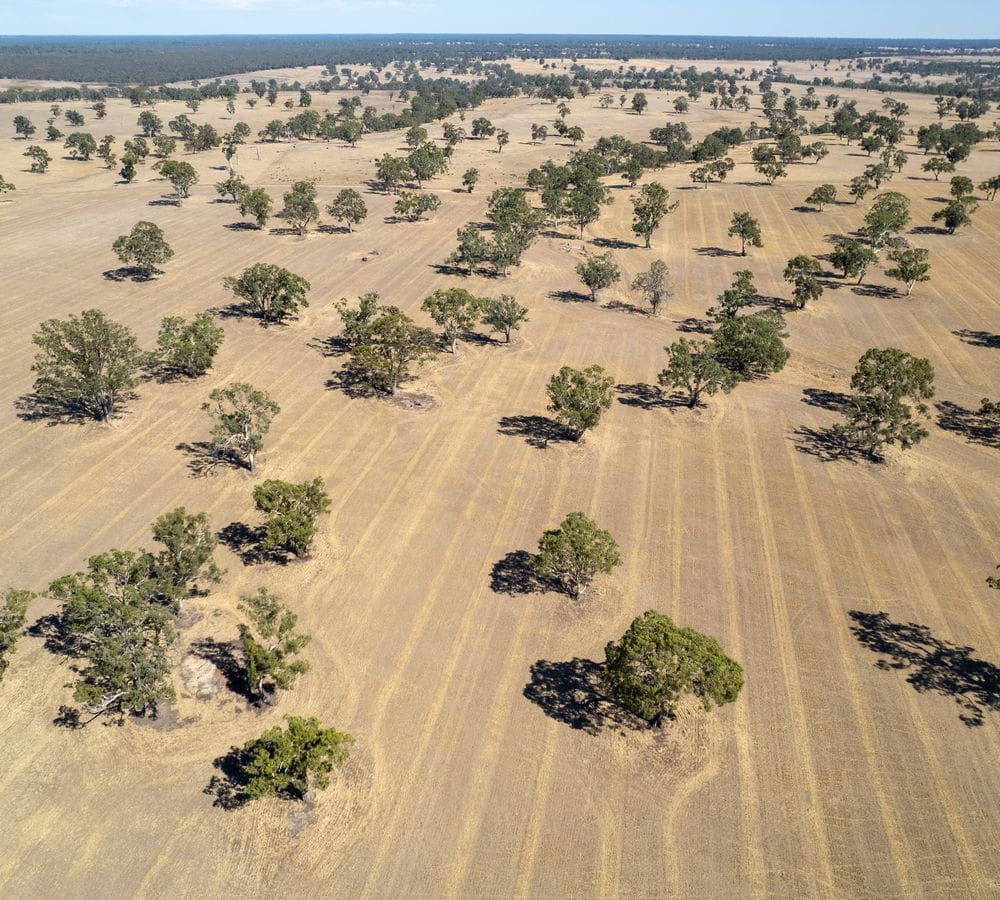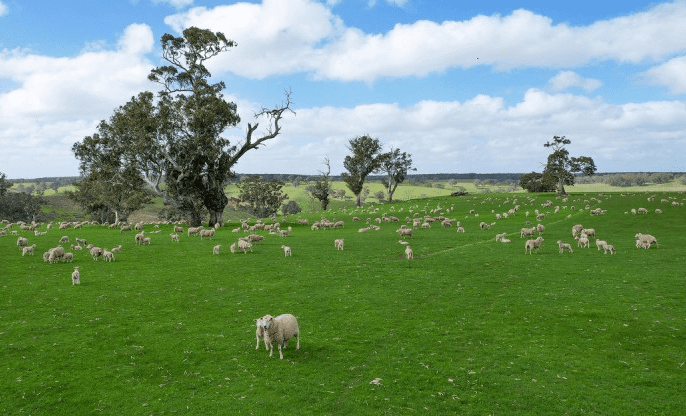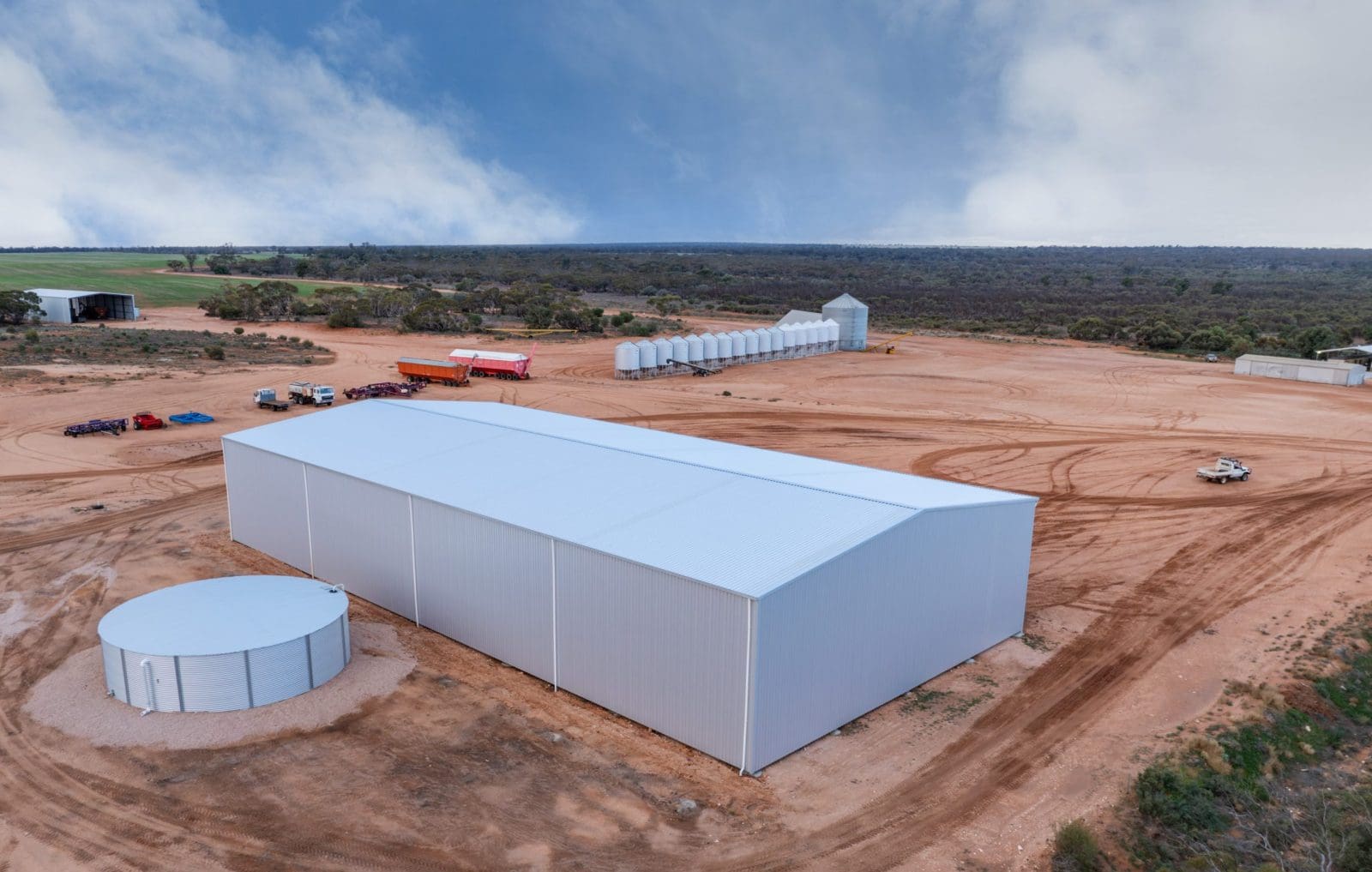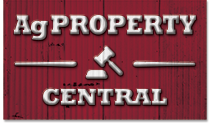
The 355ha Plover Park at Harrow is one of few properties on the market in the west Wimmera. Photo: AWN
THE VICTORIAN rural property market has bunkered down as it waits for drought-breaking rain.
This week, four rural property specialists share what is happening in their neck of the woods.
Jock Grimshaw, JLL
Melbourne-based JLL Agribusiness agent Jock Grimshaw said it comes as no surprise that transaction volumes in Victoria have pulled back over the past 18 months.
“As the drought extended its grip, producers with lesser strategic assets have started to consolidate and rationalise their holdings and as a result, the bookend of values has expanded.
“By comparison, some of the ‘top of class’ assets are still doing well because people understand that, despite the cyclical nature of farming, those properties will perform in the long run.”
Mr Grimshaw said while there is not enough evidence to point to a solid drop in values, the market is experiencing a separation between different types of stock.
“While it varies from region to region, premium or A-grade properties are largely achieving the top end of market values compared to B and C-grade properties which have taken a hit.”
Mr Grimshaw said while good rain has fallen in some parts of Victoria, it came late and many producers are still facing challenges.
“As part of the spring campaign, there will be fewer centrepiece properties offered to the market but a possible increase in complementary holdings as people rationalise their holdings.”
Nick Adamson, Charles Stewart Real Estate
Warrnambool-based Nick Adamson is a rural sales specialist at Charles Stewart Real Estate, covering south-west Victoria.
He believes the region is experiencing a one in a 100-year drought.
“Over the past 18 months, parts of western Victoria have experienced the worst drought in living memory.
“The last major drought to hit high-rainfall country in the state’s far south-west was in 1967 but according to the old timers, the current dry conditions have exceeded that.”
In June, some areas of Victoria received drought-breaking rains. with the greater south-west receiving 75-100mm, but others are still waiting for a break in the season.
The seasonal conditions have impacted both listings and transactions, with Mr Adamson reporting a quiet first half of 2025 due to lack of confidence.
“The rate of transactions has fallen since last spring and days on market have significantly lengthened.
“However, there have been some examples of strong sales, generally underpinned by local competition and particularly from neighbours.
“Compared to the peak of spring 2021 and the autumn of 2022, prices for grazing country have declined by between 20 percent and 40pc, and cropping land has fallen by between 10 and 20pc.”

The 1523ha Chetwynd South Aggregation sits 40km north of Casterton and features improved pastures ideal for wool, lamb and cattle production. Photo: Charles Stewart Real Estate/Elders Real Estate
Mr Adamson explained many autumn properties were held over and these are expected to be joined by others motivated by a finance need, making for a busy spring.
“While the drought has impacted the rural property market from a presentation perspective and from a buyer’s confidence and financial capacity, the big positive is strong commodity prices, and the forecast for lower interest rates and a favourable Australian dollar.”
Mr Adamson said given a normal season, the agricultural sector will bounce back quite quickly in the spring.
“How long these positive factors will take to stimulate the rural property market is unknown, but we are a resilient bunch in the agricultural sector and there is certainly light at the end of the tunnel.”
Wayne Driscoll, AWN
AWN agent Wayne Driscoll oversees the greater Wimmera covering the farming area south of the range of Mallee scrub, east of the South Australian border and north of the Great Dividing Range.
Despite some rain, Mr Driscoll said season is well behind long-term average rainfalls.
“Pasture and crop growth are lagging behind and many producers have been forced to sell livestock.
“Sheep traditionally offered in the spring have already been sold due to the cost of feed, the breeding component has been reduced to bare bones, and the region is holding on to about five to 10 percent of its lambs.”
Mr Driscoll said the downturn in conditions has slowed both rural property sales and listings.
“While winter is traditionally a slow selling period, it is currently dead quiet. with few carry-over listings from late autumn.”
“Potential vendors are holding on to their assets fearing their price expectations won’t be met.
“Compared to the peak achieved two years ago, prices have dropped by up to 20pc.”
Mr Driscoll said despite being easier to sell, the volume of cropping properties has dried up.
“A-grade grain assets carrying a weighty value have not been exempted from the price drop.
“Farms that were selling for $10,000/ac are now making $8000/ac.
“At the same time, grazing country achieving between $4000/ac to $5000/ac is now making between $2500/ac to $3500/ac.
“Seasonal conditions will need to improve dramatically to instil confidence and bring listings to market.”
Marty Deacon, Elders
Mildura-based Marty Deacon covers the Sunraysia, northern Victoria, and the Western Division of New South Wales.
He admits it is not an opportune time to list a rural property.
“A number of stations are ready to go to market, but the seasonal conditions are too dry, there is no winter feed and livestock producers are trying to maintain numbers on the hope it will rain.”
However, Mr Deacon reports plenty of inquiry and inspections.
“It ranges from locals to corporates to producers further afield looking for an opportunity to expand their portfolio.”
Unfortunately, Mr Deacon said finance approvals were proving to be an obstacle.
“Local bank managers are supportive but at the end of the day, credit teams are being selective in regard to what risk they are prepared to wear and as a result lending is difficult to get over the line.”
Mr Deacon said prices have been unaffected by the seasonal conditions.
“Confidence may have waned, but the price of farming country has risen to a level we haven’t seen before and there is room for values to move higher.”
Mr Deacon said it is a tough year, but producers are optimistic they will get the rain they need.

Petro Station is on the market. Photo: Elders
Despite the dry conditions, Elders recently listed one of the largest dryland holdings in the northern Mallee.
The 26,673ha Petro Station, owned by GO.FARM, is located 60km north-east of Mildura and boasts 9646ha of arable land and 12,525ha protected under a Biodiversity Conservation Agreement.
Mr Deacon said Petro Station has enjoyed a good season to date and its crops look outstanding.
Grain Central: Get our free news straight to your inbox – Click here

HAVE YOUR SAY